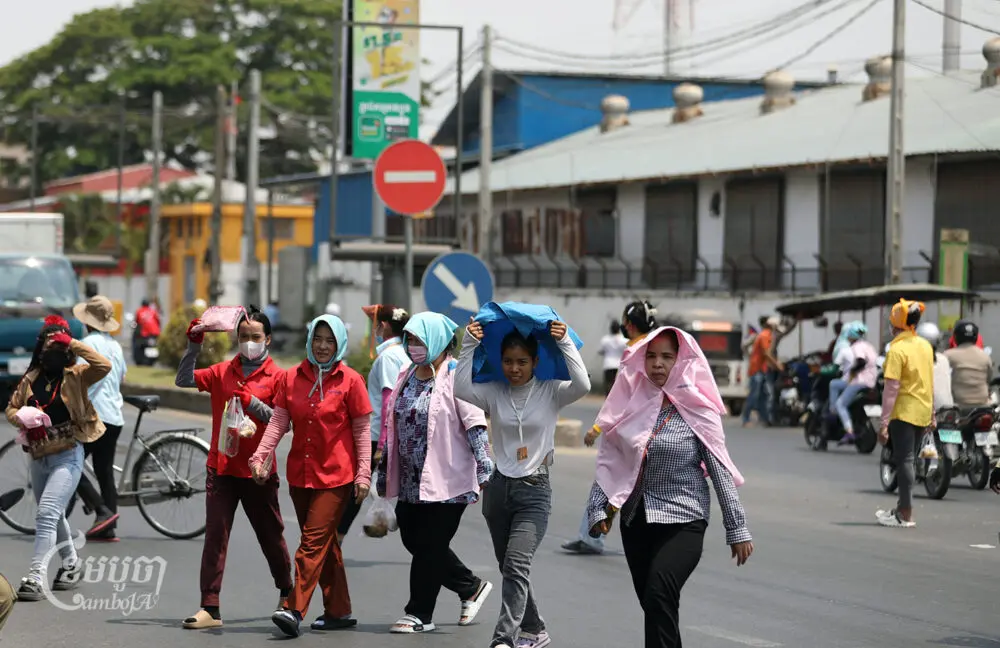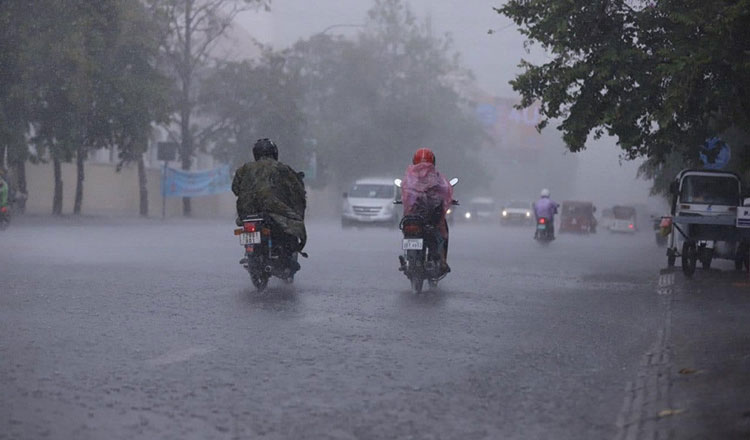
Drought Season
Phnom Penh, the vibrant capital of Cambodia, experiences two distinct seasons each year, with each lasting about half of the year and bringing unique weather patterns. From October to late April, the city undergoes its dry season, which is characterized by hot, sunny days and a significant lack of rainfall. During this period, temperatures can soar, often reaching highs of 37 to 40 degrees Celsius in the afternoon, making midday hours especially hot and humid. In the evenings, however, temperatures gradually cool down, dropping to around 25 to 28 degrees Celsius, which provides some relief from the heat of the day.
While the dry season is popular among visitors for its sunny weather, the high temperatures can be intense, encouraging early morning or evening outings to explore the city comfortably. The dry season also allows for uninterrupted access to the city’s outdoor attractions, including its iconic temples, bustling markets, and riverside promenades, offering visitors a unique experience of Phnom Penh’s tropical beauty and warmth.

Raining Season
From May to September, Phnom Penh transitions into its rainy season, a time when the city experiences frequent downpours and occasional heavy storms that bring both relief and challenges to daily life. This season, marked by abundant rainfall and cooler, more humid weather, plays a critical role in Cambodia’s agricultural cycles and ecosystem. Temperatures during the rainy season are more moderate, generally ranging from 25 to 28 degrees Celsius throughout the day and night, offering a welcome break from the intense heat of the dry season. The rainfall during this period is often intense, with showers that can quickly turn into heavy storms, bringing with them gusty winds and occasional flooding in low-lying areas.
However, the rainy season also requires some adaptation, especially for travelers and locals alike, as the frequent downpours can make certain areas difficult to navigate. Despite these conditions, the rainy season adds a unique charm to Phnom Penh and its surroundings, as the landscape transforms into a lush, green expanse, and the city takes on a quieter, more serene ambiance between rain showers. This period help enhances the natural beauty of Phnom Penh and offers visitors a chance to experience the country’s rich cultural sites and natural landscapes in a different light, with fewer crowds and cooler, more temperate weather.
 '),e.post(ajaxurl,{action:"woocommerce_term_ordering",id:r,nextid:s,thetaxonomy:woocommerce_term_ordering_params.taxonomy},function(e){"children"===e?window.location.reload():(d.item.find(".check-column input").show(),d.item.find(".check-column").find("img").remove())}),e("table.widefat tbody tr").each(function(){jQuery("table.widefat tbody tr").index(this)%2==0?jQuery(this).addClass("alternate"):jQuery(this).removeClass("alternate")}))}})});
'),e.post(ajaxurl,{action:"woocommerce_term_ordering",id:r,nextid:s,thetaxonomy:woocommerce_term_ordering_params.taxonomy},function(e){"children"===e?window.location.reload():(d.item.find(".check-column input").show(),d.item.find(".check-column").find("img").remove())}),e("table.widefat tbody tr").each(function(){jQuery("table.widefat tbody tr").index(this)%2==0?jQuery(this).addClass("alternate"):jQuery(this).removeClass("alternate")}))}})});

